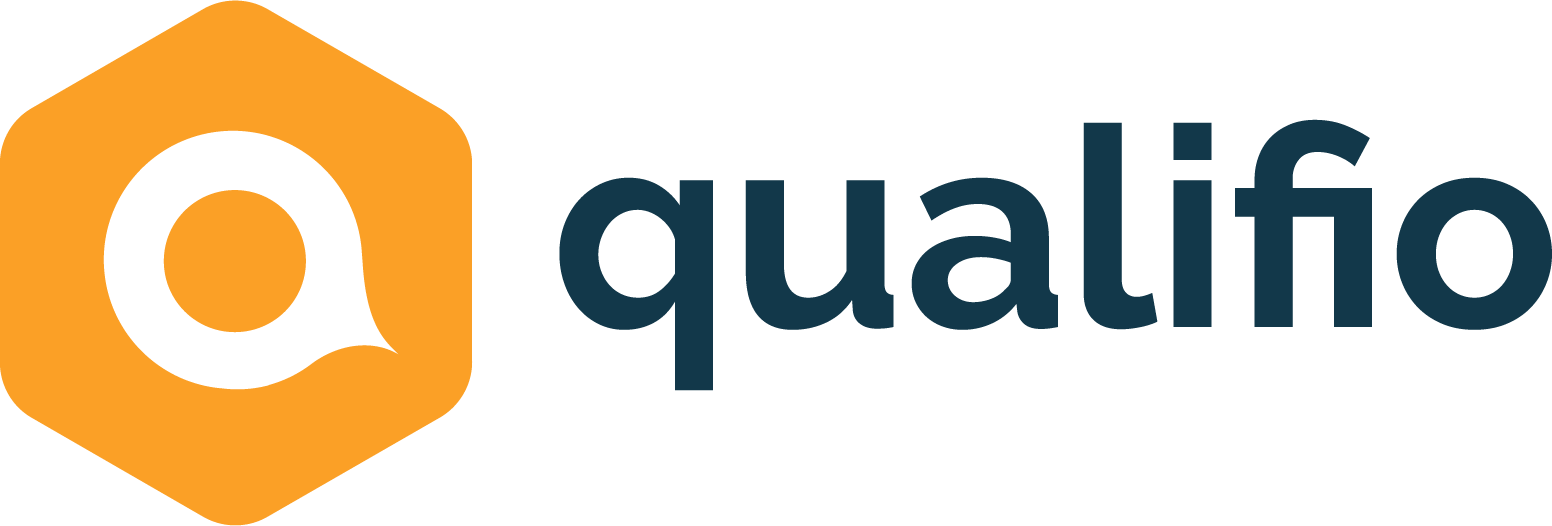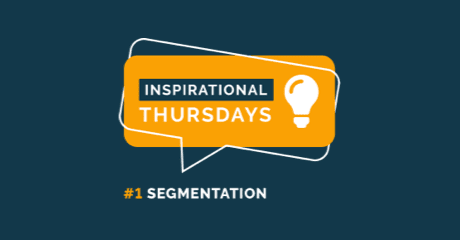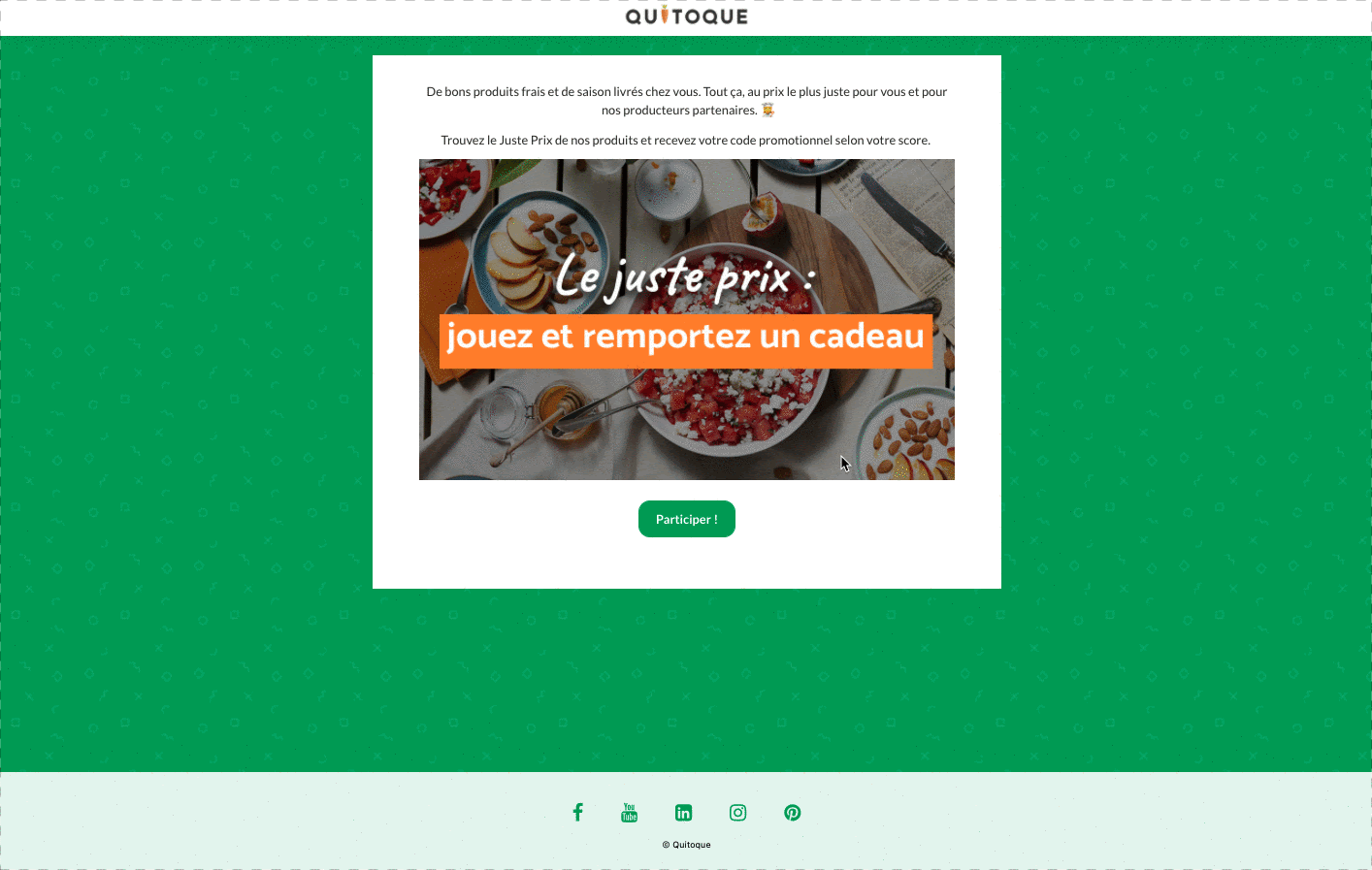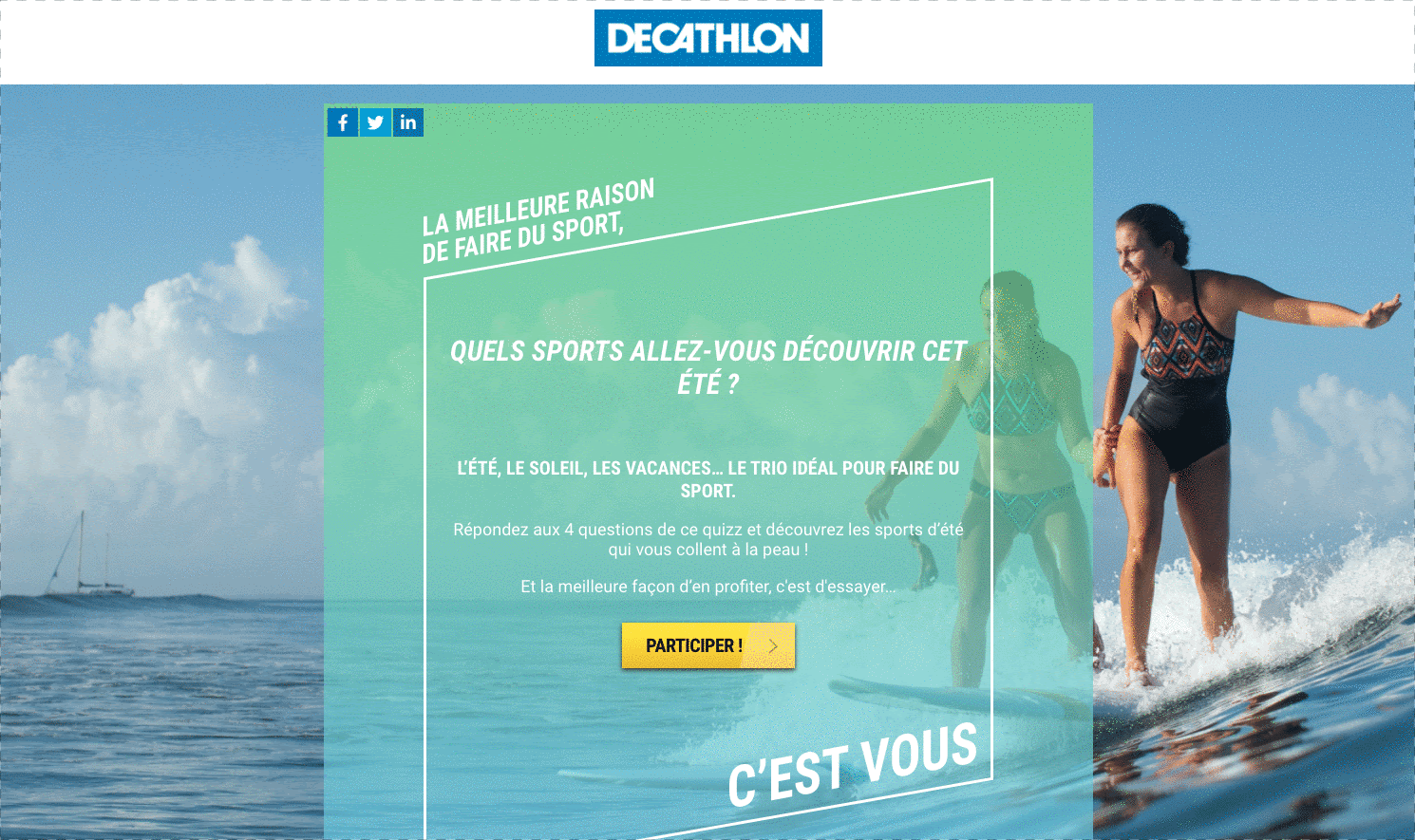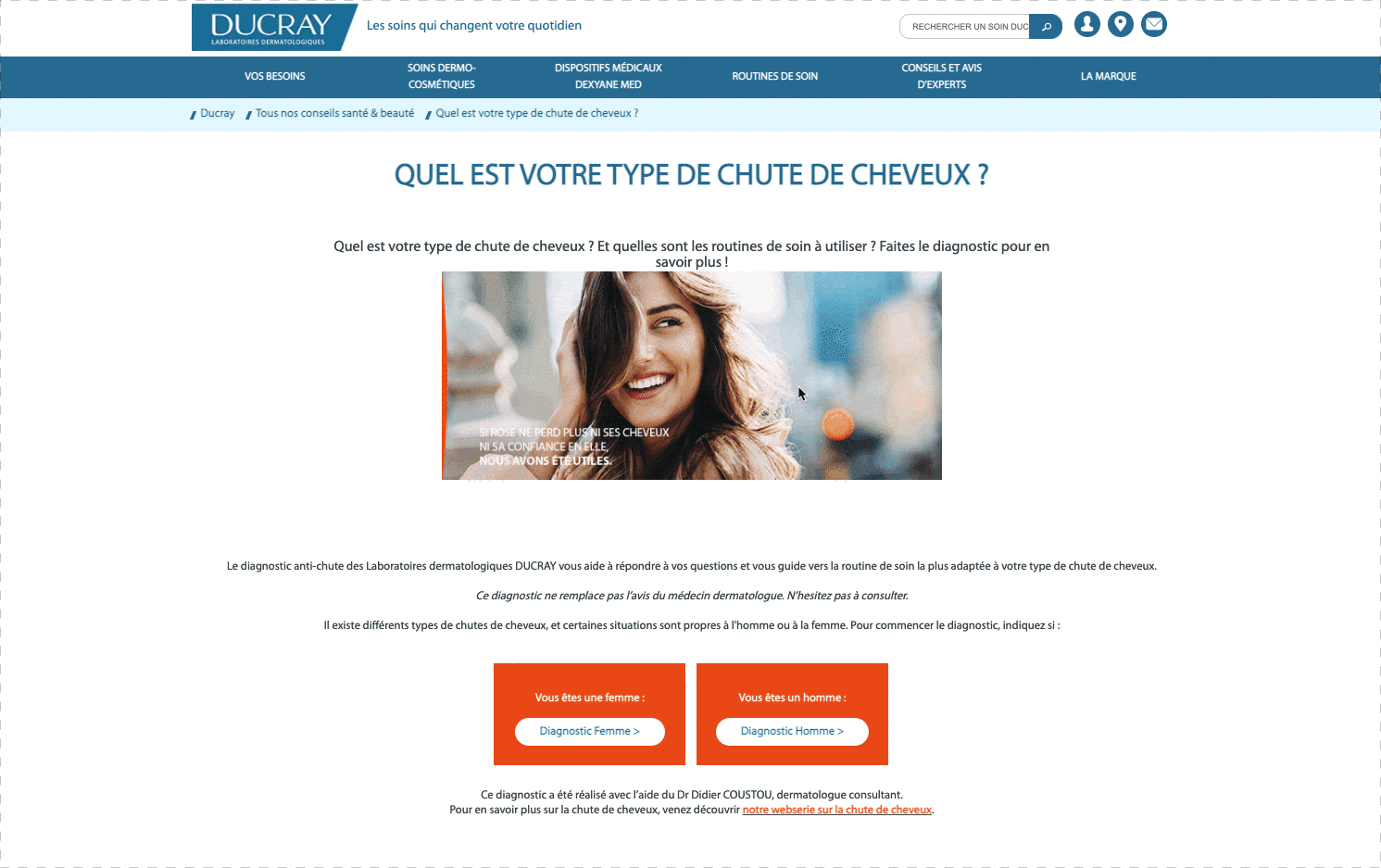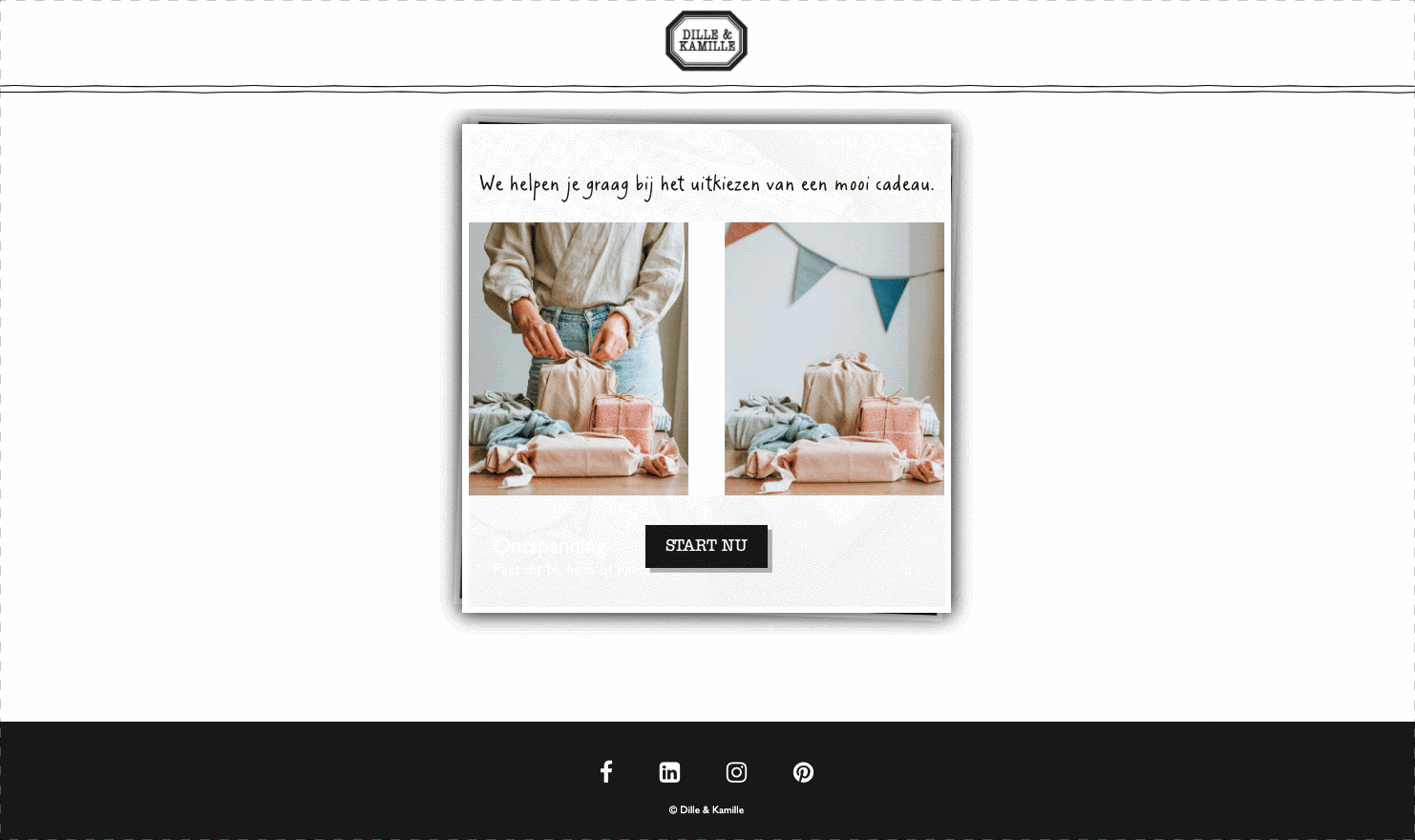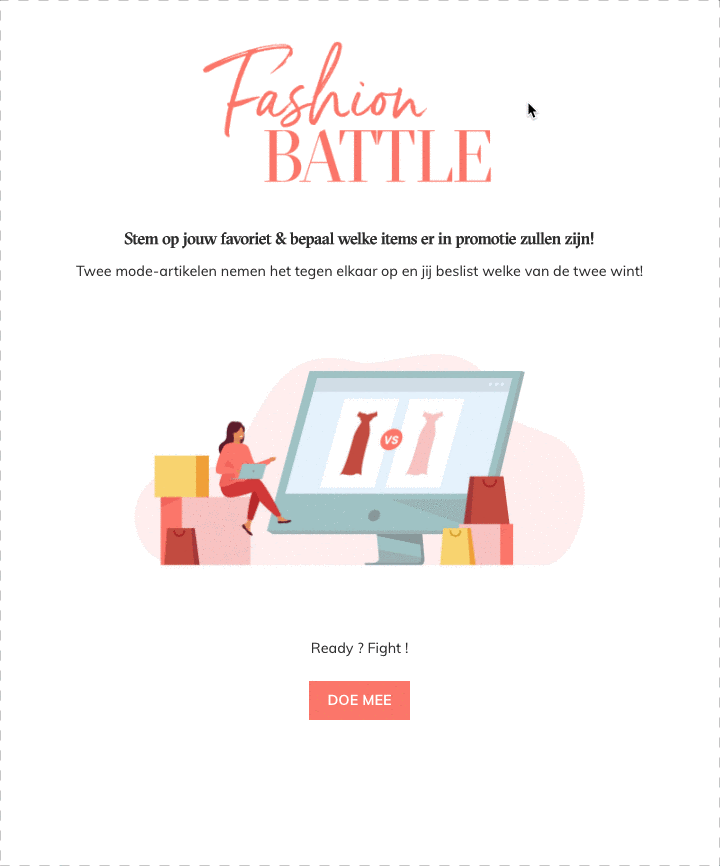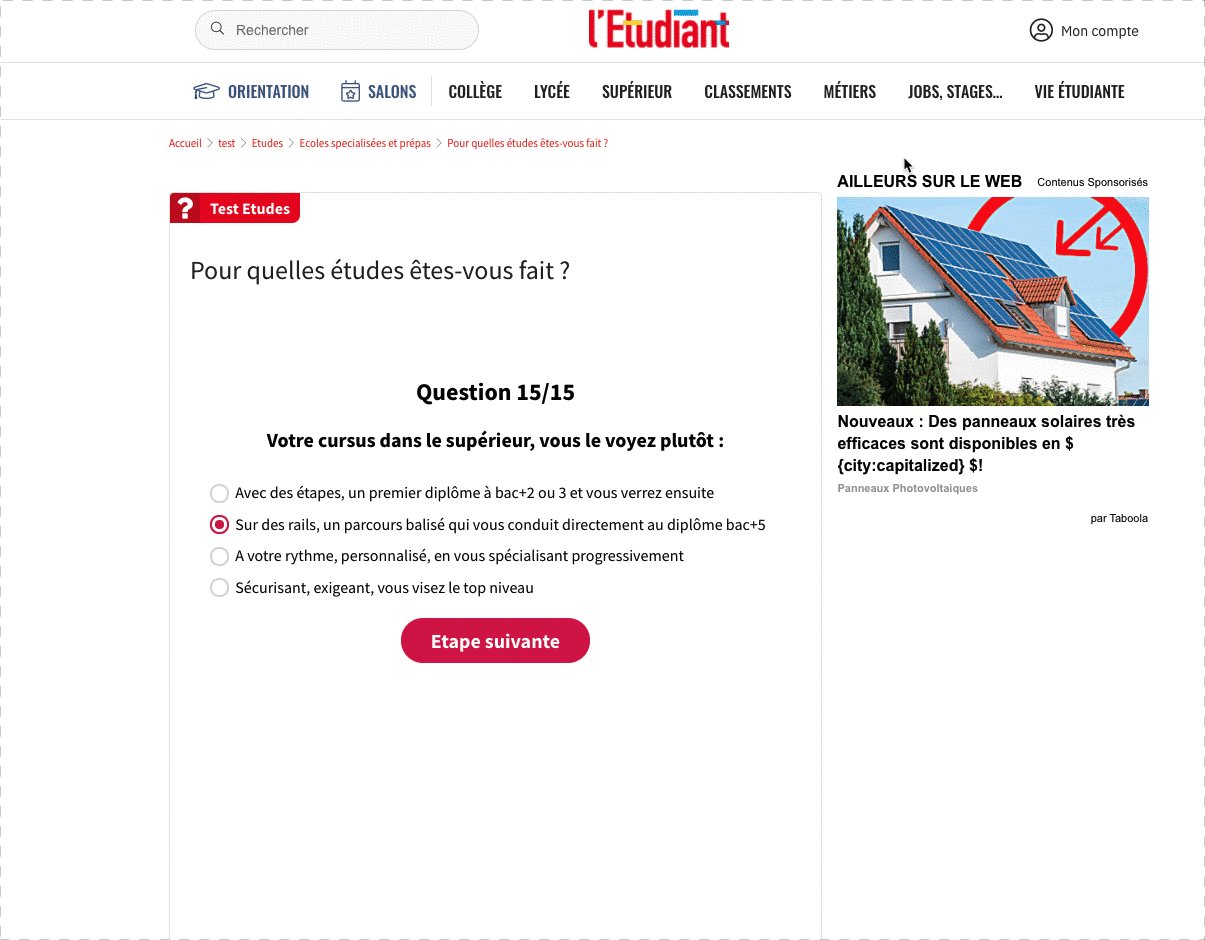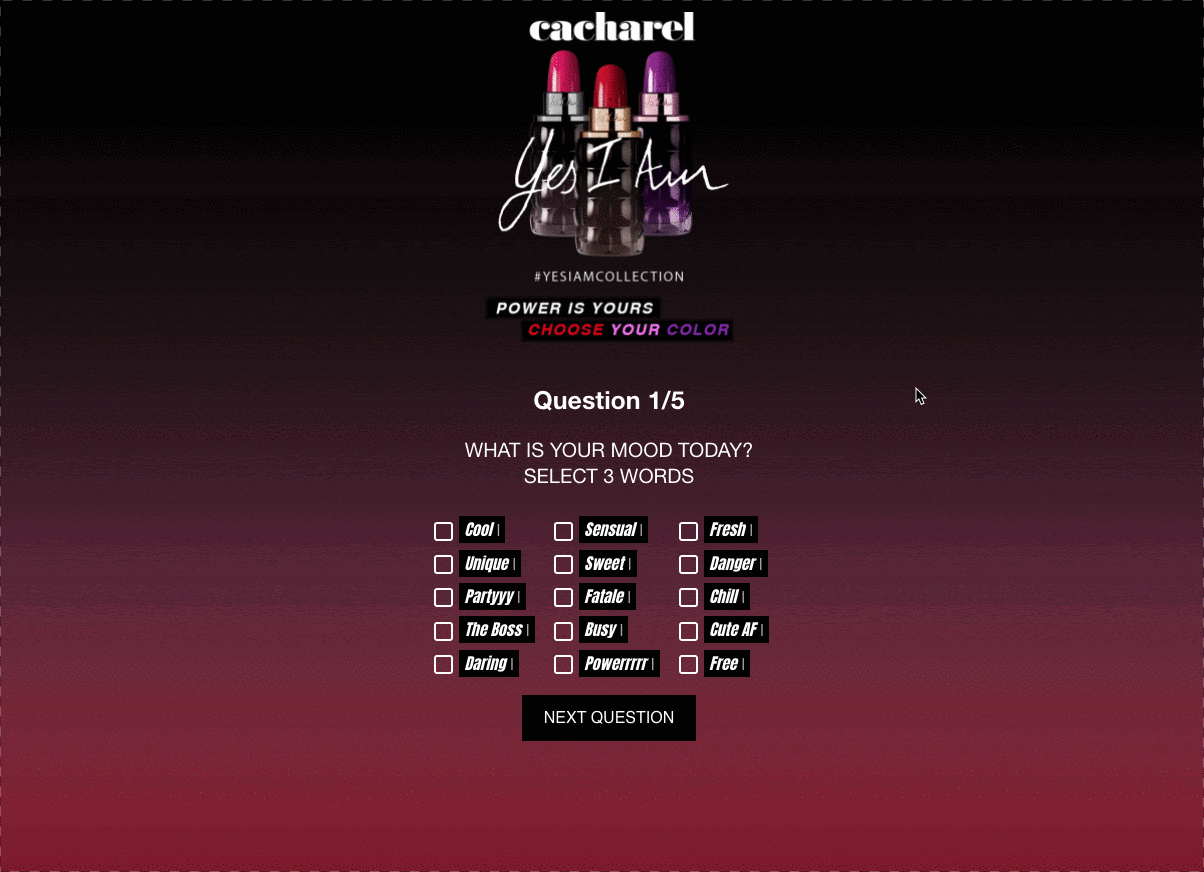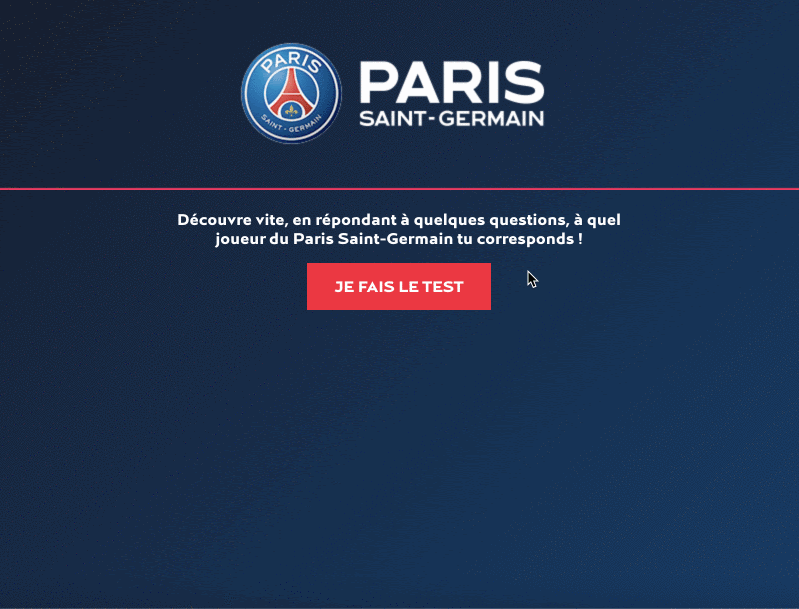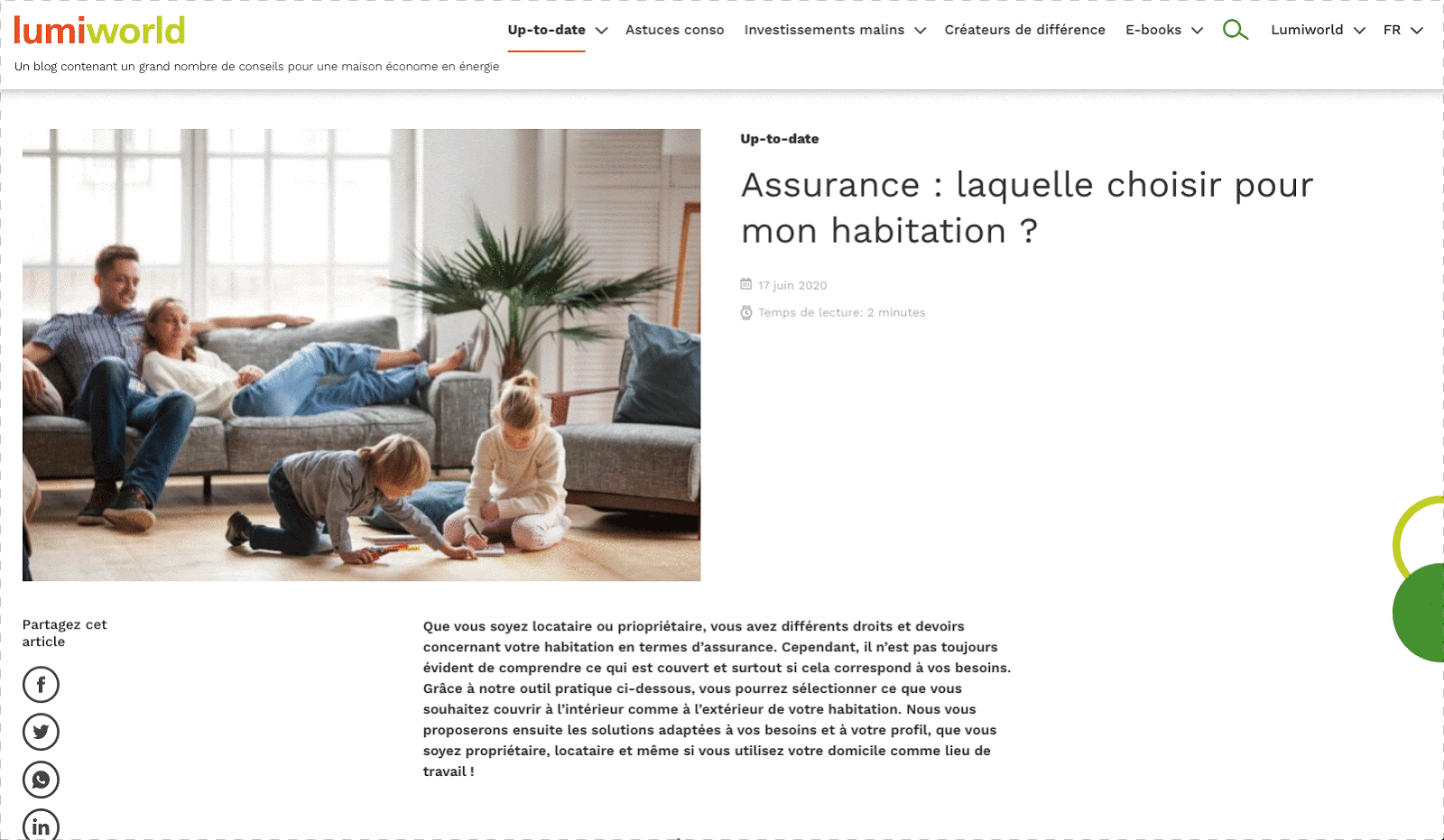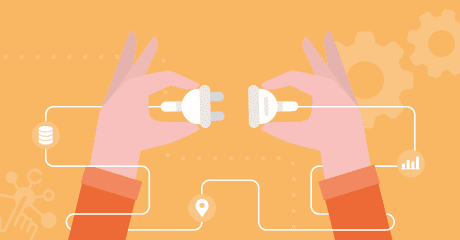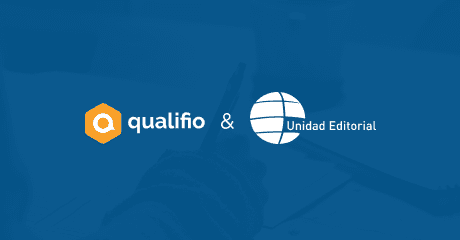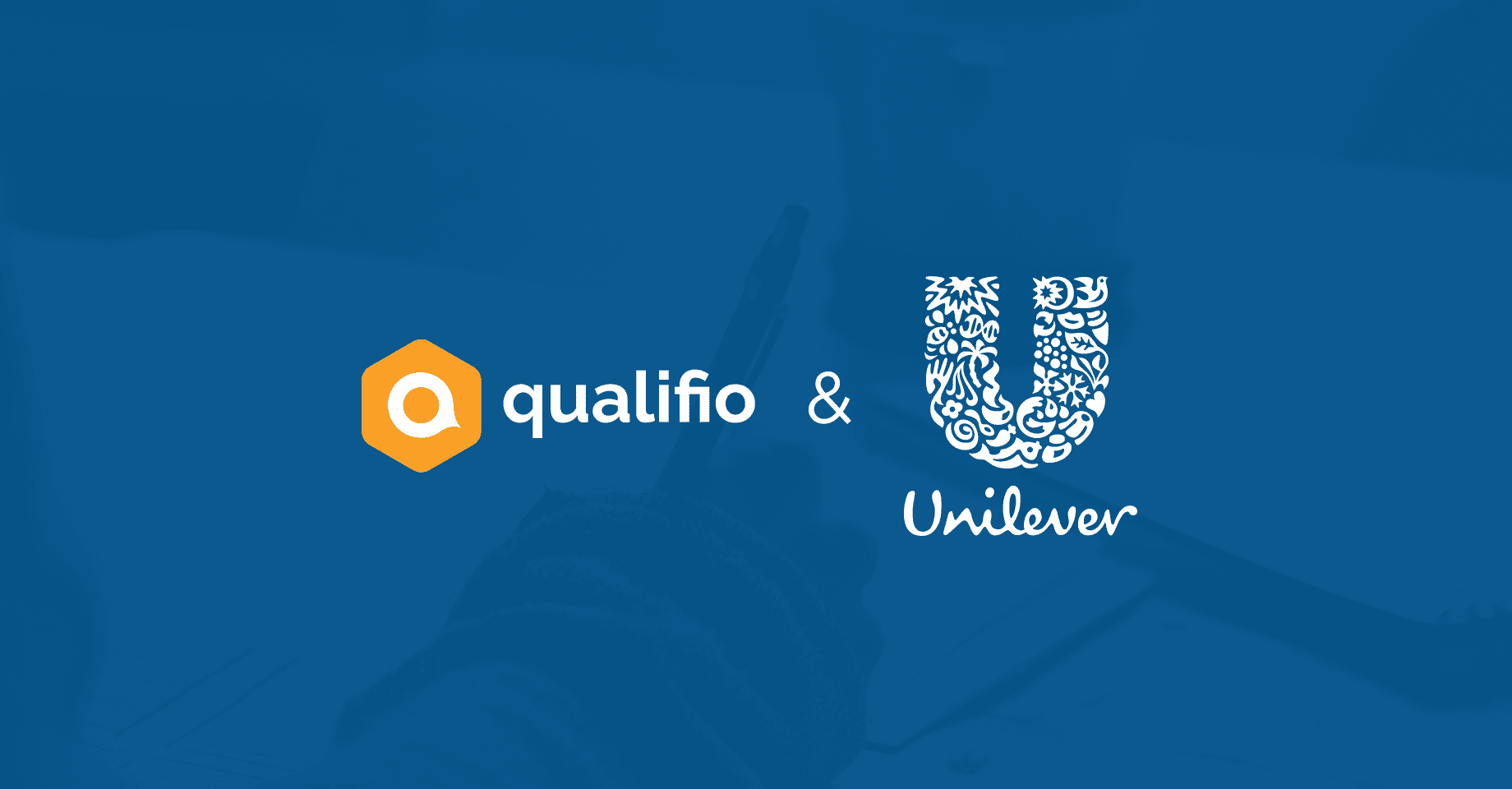How can Qualifio help you segment your audience base to drive conversion?
We organised a webinar entitled: “How can Qualifio help you segment your audience base to drive conversion?”. This webinar was the first of our new series, the Inspirational Thursdays. These are aimed at inspiring our users, and more importantly, helping them meet their marketing objectives. In case you missed the webinar, we listed in this article the key takeaways.
? If you prefer to see the webinar replay, it’s right here.
Start by getting a basic understanding of your audience
Before starting to segment your audience and separate them into groups based on specific traits, you need to ask yourself one question: why are you segmenting your audience? Defining your expectations and the actions you are going to take will help you select the type of segmentation you want to put in place.
There are different types of segmentation. Here are three of them:
- Demographic segmentation consists of classifying the audience based on their age, gender, level of education, income, etc.
- Behavioural segmentation, based on variables such as purchasing habits, user status, brand interactions, etc.
- Benefit segmentation. Here, you’re segmenting your audience based on the values they are looking to take out from your product or service.
The 6 golden rules of segmentation
Once you know the type of segmentation you’re going to use to address the members of your audience better, you need to rate your segmentation and make sure they answer the 6 points below:
- Identifiable. Can you identify the members of one segment and measure their characteristics?
- Substantial. Do you have enough people within your segment to make it profitable?
- Accessible. Can you reach your segments via your communication channels?
- Stable. Will your segments not evolve too much over time?
- Differentiable. Can you easily differentiate the members of one segment from the members of another one?
- Actionable. Will you be able to provide your product or service to each of your segments?
Why segmentation is important
Why should you segment? There are several reasons why audience segmentation is so important. Segmentation helps you:
- Qualify your audience’s knowledge of your product or service;
- Learn about your audience’s preferences and needs, and offer personalised experiences;
- Better manage your relationship with your customers;
- Improve customer loyalty;
- Boost conversions.
How to use Qualifio for audience segmentation
Let’s give you some concrete examples from our different users.
Quitoque
The number one cooking basket delivery company in France, Quitoque, started using Qualifio for lead generation. They set up a straightforward and efficient segmentation strategy for their leads. Each campaign created via the Qualifio platform, and therefore each participant, is rated based on a “heat” score: cold, medium or hot. The data, collected with the consent of participants, are then shared with a telemarketing company to contact the different leads based on their heat score.
The feature used: Quitoque used our webhook 2.0 to manage the push of their data to their own tools and the telemarketing company.
Decathlon
Decathlon launched a personality test “Which sports will you discover this summer?”. The test enabled the sporting goods retailer to know its users’ interests and show them the best products tailored to their needs and profiles.
The feature used: the personality test is the best format to segment your audience. Have a look at our FAQs and discover how to create your own test and assign a specific profile for each answer.
Ducray
The dermo-cosmetic skincare brand Ducray often offers its website visitors to self-diagnose themselves via tests with branching. Before discovering the right product made for them, participants need to fill out a form with their data. These tests enable the brand to bring value to participants and link them to a specific skin type, product and content thanks to the data collected.
The feature used: the branching enables you to go a step further and create dynamic tests. You can skip one or several questions or even send the user directly to the end of the survey based on their answer to a specific question.
Dille & Kamille
Dille & Kamille also launched a personality test but in the form of a swiper. Based on participants’ answers, the retailer showed a specific profile with products related to their interests and a call to action to shop them on the right page on its eCommerce.
The feature used: the swiper is a fun and popular format in the Tinder-style, very mobile friendly. Participants have to “swipe” left or right to answer your questions. Discover here how to create and customise a “swiper” campaign.
LolaLiza
The fashion brand LolaLiza created an identified battle campaign. After making a choice by clicking on one of the two proposed products, participants had to fill out a form with their details. They also had the opportunity to subscribe to the brand’s newsletter. They discovered, in the end, the most popular products in the community.
The feature used: this is a good example of a campaign that can be used for retargeting purposes. Within the Qualifio platform, you’re able to insert a Google Analytics code or a Facebook pixel to your campaign, to be able to track and retarget participants based on the products they chose. Discover here how to create Facebook retargeting campaigns based on segments of participants.
L’Etudiant
The French media group l’Etudiant used a personality test with conditional form fields to nurture participants with the right content in the future.
The feature used: conditional form fields help you to create better forms. Based on the participant’s answer, you can ask a specific question. Conditional form fields are ideal to ask a target group for detailed information about a topic without affecting the rest of the participants or polluting your database with non-relevant data.
L’Oréal
For its brand Cacharel, L’Oréal launched a test to discover your fragrance personality. In this campaign, L’Oréal decided to segment its participants by offering different types of newsletter registrations.
The feature used: in the form, based on the country participants select, they are shown a specific newsletter opt-in and consent opt-in. Discover here how to hide or lock prefilled fields and opt-ins on forms.
PSG
The football club PSG imagines a test “what football player are you?”. To send specific discounts and communications afterwards, the club asked a useful segmentation question to participants “what is your favourite PSG jersey?”.
The feature used: thanks to the webhook 2.0, the questions’ answers can be sent in real-time to your tools (CRM, emailing platform, DMP, etc.) and linked to the participants’ names. How? By using our mapping variables and assigning a variable to the answer.
Luminus
The Belgian energy supplier Luminus decided to help its community make the right choice in home insurance. Via a test, the supplier invites the tenants and owners of its audience to indicate what they want to cover in their home by clicking on different images. At the end of the test, they discover Luminus solutions adapted to their needs with the opportunity to benefit from some promotions immediately.
The service used: to make this original campaign, Luminus used the services and expertise of our Studio team, made of professional graphic designers and enthusiastic project managers. Get in touch with them to create a unique campaign, tailored to your needs.
To download the presentation slides or see the webinar replay, it’s right here!
